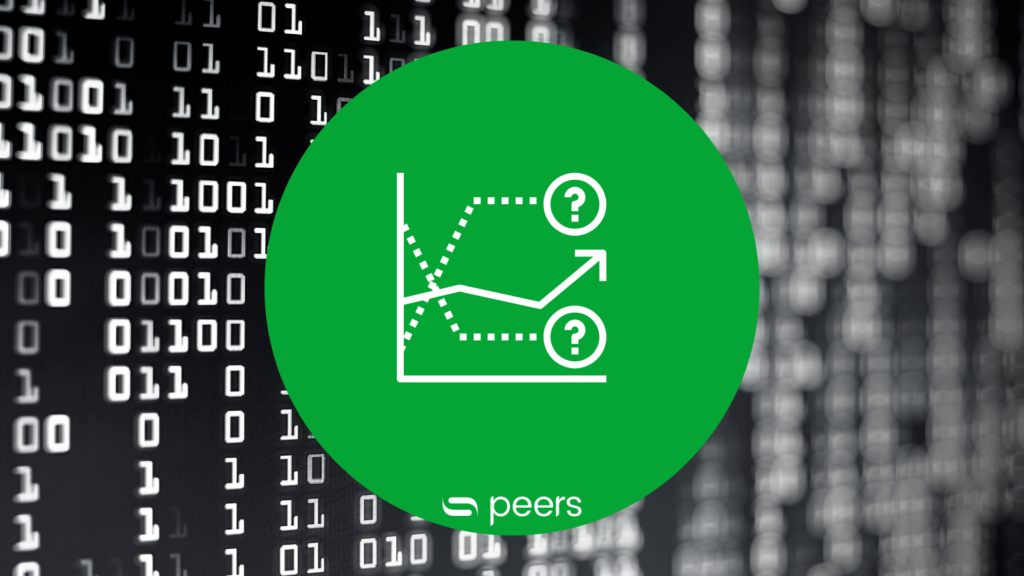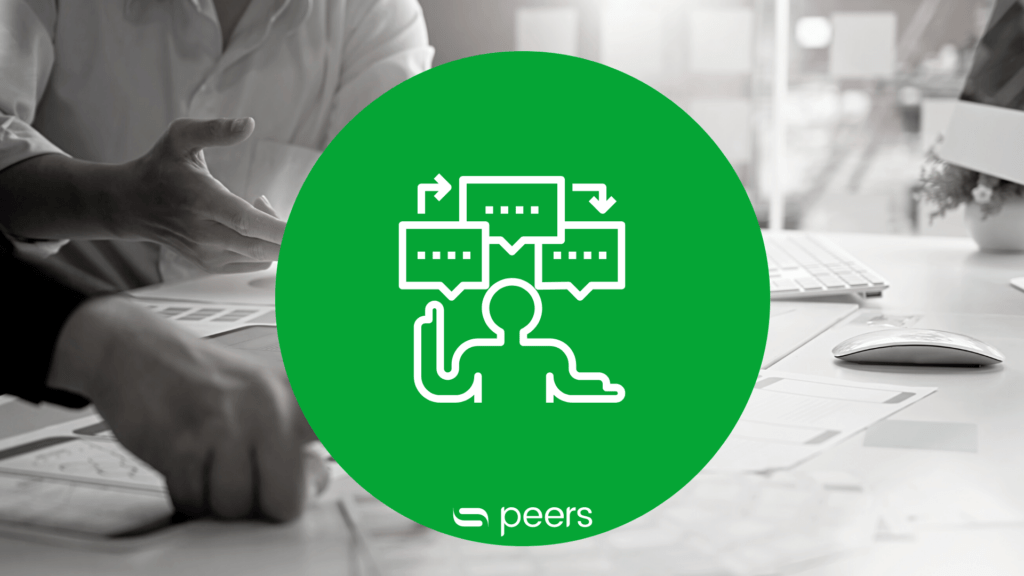Plan as best as possible - profit as much as possible: What solutions exist?
The review of actual and historical data by means of Business Intelligence (BI) is the basis for the intelligent control of processes. With SAP planning, you take the next step towards agility. This allows you to steer your company's efficiency even more purposefully into successful paths: experience is only valuable when future decisions are derived from it. Benefit to the maximum from exact, fast and uniform planning processes - with optimal support from users from the finance and specialist departments.
Planning with SAP
- Individual BI applications for different recipient groups can be set up quickly and easily
- Integrating artificial intelligence to acquire new forecasts and insights
- Ability for the users to personalise the various reports (self-service)
- All under one roof: A central reporting platform and use on all common devices (laptop, tablet, smartphone etc.)
Planning
Starter Sets
Our starter sets for planning provide an efficient and comprehensive solution for these areas:
- Plan consolidation with SAP Analytics Cloud
- Predictive Sales Forecast
- HR Workforce Planning & Simulation
FAQ Planning with SAP
Cooperative business planning is the process that links and coordinates all planning in a company. In this process, silos are efficiently broken down: Teams from finance, human resources, sales, marketing, IT and logistics work together on plans to achieve better business results.
Corporate planning (budget, forecasting and medium-term planning) is of central importance for all departments as it is the only way for efficiencies and inefficiencies to be measured based on corporate management reporting goals - and followed, if necessary, by the recommendation and implementation of corrective measures.
- Finance: Push for collaborative business planning that harmonises operational plans with financial targets.
- Marketing: Create more effective marketing plans and align them with your business goals. Forecast the impact of campaigns on sales and optimise campaign effectiveness, combined with accurate tracking of results.
- Distribution: Develop new sales plans and strategies. Track results in each channel and set targets along the way. Use advanced data visualisation tools to view and measure results in real time.
- Human resources: Align HR planning with business objectives. Ensure the availability of the right skills at the right time by forecasting risks and skills gaps. Continuously optimise overall HR planning.
- Logistics: Combine all the functions of planning (sales, production, demand and procurement) with inventory management. Meet demand profitably with real-time planning of your logistics chains.
- IT: Support your company's strategic goals in a targeted way. Coordinate your IT measures and budgets using a single solution that enables you to break down planning into projects, hardware, software and other expenses.
The SAP Analytics Cloud (SAC) is not just a tool for visual presentation - it represents a unified concept with a strategic element. The SAP product combines all the relevant BI/analysis, planning, data connection, dashboarding, reporting, simulation and advanced analytics functions on a single platform that can be extended with options for forecasts via predictive analytics. The individual functionalities complement each other and thus increase overall performance, with the possibility of seamlessly integrating a wide variety of data sources (including on-premise and non-SAP) at the same time.
Central access via self-service BI enables end-users in the business units to retrieve and visualise data directly and in a very user-friendly way, and also create their own reports and stories. IT provides the governance and qualitative data centrally for this purpose, with users networked via one single platform and able to benefit from simplified cooperation through modern, interactive collaboration functions.
Individual analyses using SAC are based on what is known as storytelling, with each story consisting of various elements (e.g. diagrams, tables and geo-analyses). The SAC system generates suggestions for visualisations and the structure of storyboards, with reports and dashboards created intuitively. SAC is currently the only SAP product that has already fully implemented the standardised (and highly beneficial) visualisation based on the IBCS® notation concept, which removes the need for add-ons from external manufacturers.
Thanks to the high-performance in-memory technology of SAP HANA, detailed data analyses can be carried out in real time using SAC, with a dedicated app also available for use. A responsive design component enables the displays to adapt to the end device. SAC can be used very easily and cost-efficiently as an SaaS (software-as-a-service) solution, with the software therefore always up-to-date and providing maximum performance. The SAC can also be implemented quickly, enabling a productive start at short notice.
BPC (business planning and consolidation) is SAP'splanning, budgeting and consolidation platform . As aninteractivesolutionforbusiness planning, it provides business process flows to supportplanning processes in a transactional way. In addition,users can benefit afrom potential seamless integration with SAP BW and the SAP BOBI Suite. Data fromnon--SAP systems canalsobe integrated without any issues.
- Business intelligence (BI): SAC combines data from a wide variety of sources (internal, external, on-premise, SAP and non-SAP) to create the basis for solid (real-time) analyses, even for complex questions or problems. The results and findings can be visualised via ad-hoc reports.
- Planning: SAC removes the separation between reporting and planning, with separate planning environments no longer necessary. Data can now be entered directly (i.e. without moving it back and forth), and actual data integrated into different planning versions. Integrated, interactive functions for live collaboration (e.g. comments, chats and calendars) make planning processes significantly faster and more efficient.
- Forecasting: With the functions already integrated into the standard system, various forecast models can be generated for end-users based on time series analyses. There is also the opportunity to use "smart insights" to identify certain correlations of effects based on various factors of influence (e.g. turnover, sales area or product groups). In addition, value factor trees can be determined and alternative courses of action simulated.
- High-performance HANA platform with real-time access and the ability to connect a wide variety of data sources (internal, external, on-premise, SAP and non-SAP)
- Seamless combination of business intelligence, planning, and advanced and predictive analytics, all on a single platform
- Highly user-friendy courtesy of self-service BI
- Optimal visualisation (including dashboards, diagrams and tables)
- Ability to use the IBCS® notation concept for maximum efficiency in decision-making
- Interactive functions for collaboration and planning
- Ability to send analyses and reports to mobile devices
- Cost-efficient, up-to-date and effective all to the highest levels thanks to SaaS (software-as-a-service)
- Implementation and production start-up possible very quickly
Most SAP solutions for reporting and planning can be operated on company-owned hardware. These components are then complemented by the SAP Analytics Cloud (SAC), which provides new analytics solutions with the necessary rapid integration.
Companies are by no means forced to fully replace their on-premise systems with Cloud solutions straight away. In fact, it makes more sense to gradually set up a hybrid SAC and on-premise solution, enabling existing systems to continue to be used while innovations in the Cloud can be added in a targeted and efficient manner. Particularly when it comes to the implementation of new reporting and planning projects, it is best to rely on a Cloud solution right from the start.
And as already mentioned: SAC opens up the possibility for you to continue to keep the data and results securely within your company.

Make the most of our planning expertise
Let us give you expert support in expanding and exploiting the potential of your technology as efficiently as possible with planning tools.
Within this framework, we can offer you a number of services, including:
Responsibility
Taking on overall responsibility for "planning" for expansion or a new installation
.
System architecture
Design of system architectures as part of SAP BusinessObjects BI (SAP BO BI), SAP Business Planning and Consolidation (SAP BPC) and SAP Analytics Cloud (SAC), also as part of hybrid solutions from on-premise and Cloud
Practical implementation
Development, design and implementation of dynamic, client-customised dashboards and panels, optionally on the basis of SAP Analytics Cloud (SAC)
Framework
Development, design and implementation of an efficient reporting framework
Interative applications
Development, design and implementation of interactive planning applications with SAP BPC and SAP SAC
KNOWLEDGE
Useful information
Predictive controlling enables forecasts through data analysis and advanced models. Companies make well-founded decisions, react to changes at an early stage...
How can companies ensure future financial success? Financial planning plays an important role in this. Why financial planning makes sense...
There are many reporting options that also include business intelligence. We have examined and compared the two market leaders: the mothership...
The classic form of corporate planning is often complex and prone to errors due to insufficient coordination of the plans. As a result, the...




